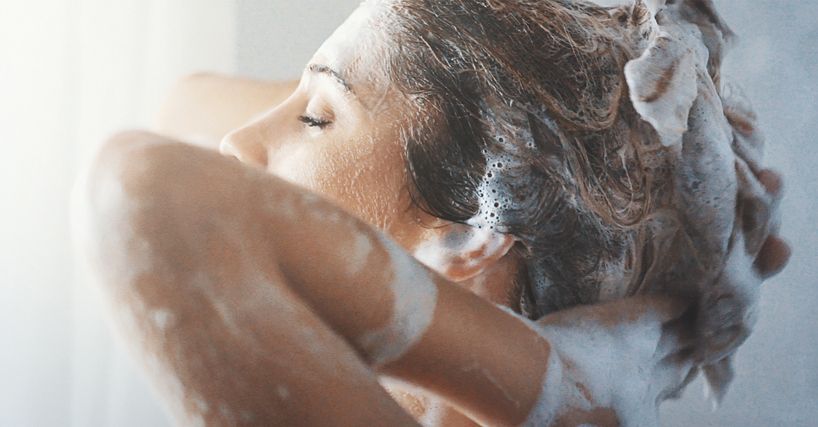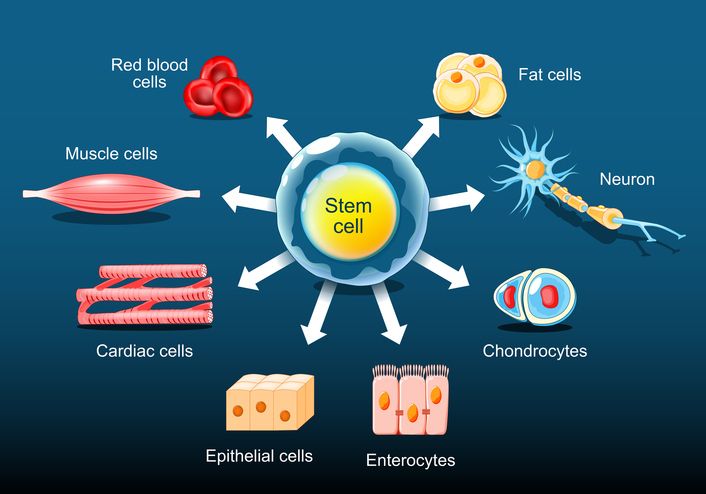
Author: Natalie Ng|Updated: 23 May 2025
Hair fall can happen for many reasons. It could be from male pattern baldness, female pattern hair loss, or patchy hair loss like alopecia areata. Sometimes it runs in families, or it’s caused by hormonal changes, thyroid diseases, or medical conditions like chronic illness or bacterial infection. Stress, scalp infections, and broken hair shafts can also lead to hair thinning or patchy loss. There are treatments that can help improve hair growth and support healthier hair. Therapies like minoxidil, PRP therapy, low-level laser therapy, and microneedling boost blood flow to hair follicles, encourage new hair growth, and improve hair density. Prescription medications, growth factor therapy, and essential oils are other options that can support hair regrowth and help reverse hair loss. If you’re dealing with hair thinning, patchy hair loss, or any other type of hair fall, there are treatments that might help. Keep reading to learn more about these therapies and how they work.

Hair Fall Therapy 1: Minoxidil Treatment

What is Minoxidil?
Minoxidil is a common topical solution that helps treat hair loss by boosting blood flow to hair follicles. It’s one of the most widely used treatments for androgenetic alopecia, male pattern baldness, and female pattern hair loss. Minoxidil works by opening up blood vessels, which helps deliver nutrients to hair-bearing areas. This can encourage new hair growth and improve hair density over time.
Minoxidil is available in two strengths: 2% for women and 5% for men. Many people use it as a part of their hair fall therapy, especially when dealing with hereditary hair loss, thinning hair, or patchy hair loss.
How to Use Minoxidil
To get the best results, apply minoxidil directly to a dry scalp twice a day. Use around 1ml per application. The solution needs to stay on the scalp for at least four hours to work effectively.
It’s normal to see some hair shedding in the first few weeks of use. This happens as weaker hair falls out, making room for new hair growth. Many people start seeing visible changes within 3-6 months.
If you’re dealing with hair loss caused by hormonal changes, family history, or an underlying disease like thyroid diseases or scalp infections, minoxidil could be part of a treatment plan that helps support healthier hair growth.

Hair Fall Therapy 2: Platelet-Rich Plasma (PRP) Therapy
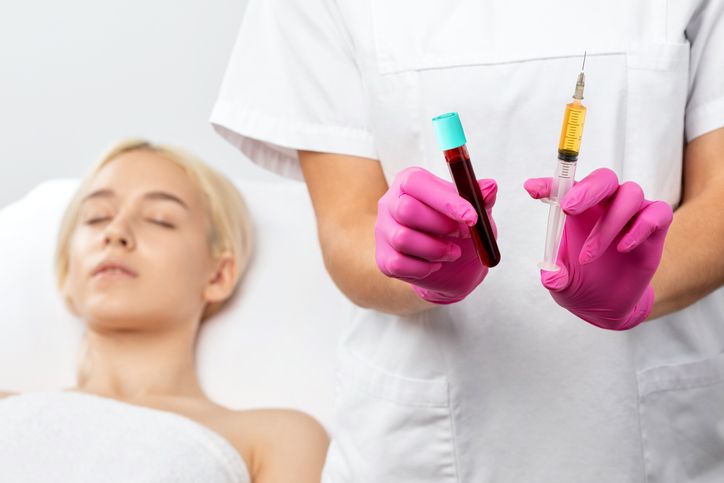
What is PRP Therapy for Hair Loss?
PRP therapy uses your own blood to encourage hair regrowth. This treatment is often used for male pattern baldness, female pattern hair loss, and thinning hair caused by hormonal changes, hereditary hair loss, or even patchy hair loss like alopecia areata. The process involves drawing a small amount of blood, processing it to separate the platelet-rich plasma, and then injecting that concentrated solution back into your scalp.
The platelets are packed with growth factors that help nourish hair follicles, improve blood flow, and support new hair growth. PRP therapy is often recommended when hair thinning or patchy loss is caused by factors like chronic illness, thyroid diseases, or scalp diseases.
Step-by-Step PRP Treatment
How the Process Works
PRP therapy may sound complicated, but it’s actually straightforward. Here’s what happens during a typical session:
• A healthcare professional draws a small amount of blood, similar to a routine blood test.
• The blood is spun in a machine called a centrifuge, which separates the plasma rich in platelets.
• The platelet-rich plasma is then carefully injected into targeted areas of your scalp where hair loss is most noticeable, such as thinning spots or areas with patchy hair loss.
The entire session usually takes about an hour, and most people can return to normal activities right after. It’s common to need 3-4 sessions, spaced 4-6 weeks apart, to see the best results.
PRP Therapy Results and Recovery
Most people notice reduced hair shedding within a few months. New hair growth often starts around 3-4 months after the first treatment. By 6-8 months, you may see thicker, stronger hair.
The recovery time after each session is minimal. You may feel a bit of tenderness or mild swelling for a day or two, but you can usually go back to your normal routine within 24-48 hours. Just avoid heavy exercise for a few days to give your scalp time to heal.
PRP therapy offers a safe, non-surgical option for those dealing with hair thinning, androgenic alopecia, patchy hair loss, and other types of hair loss linked to underlying conditions like thyroid diseases, chronic illness, or scalp infections.
Book Now to Experience
F8 Hair Regrowth Treatment
1 Minute Self-Registration
Date should not be before minimal date

Hair Fall Therapy 3: Low-Level Laser Light Treatment
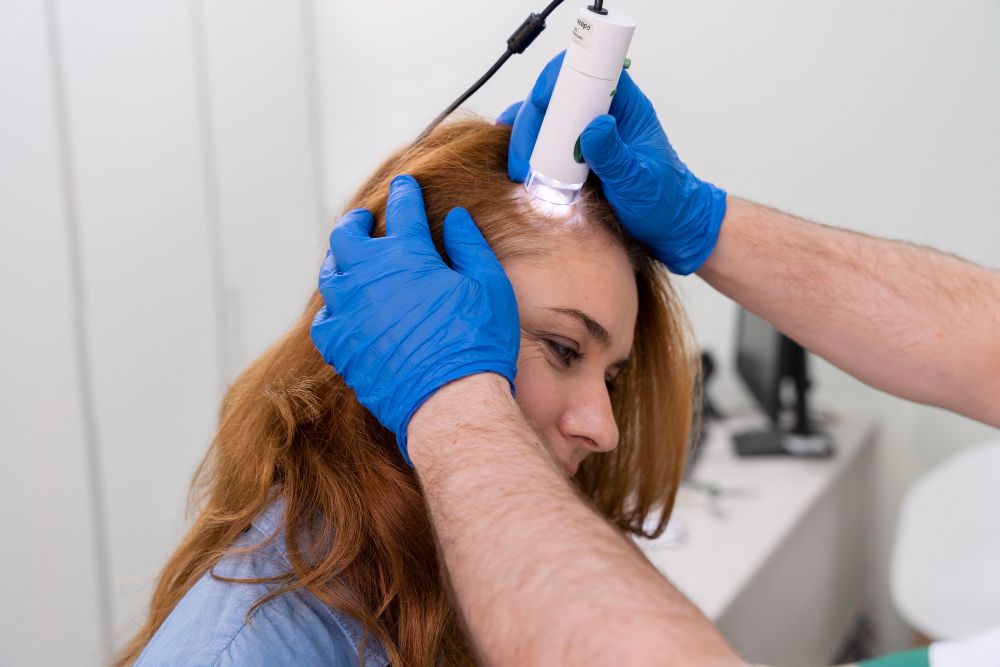
How Laser Light Helps with Hair Loss
Low-level laser light treatment (LLLT) is a non-invasive therapy that uses light energy to stimulate hair follicles and improve blood flow to the scalp. It helps deliver oxygen and nutrients to the areas where hair grows, which can support new hair growth and improve hair density over time.
LLLT is often used for hair thinning, male pattern baldness, female pattern hair loss, and androgenetic alopecia. It can also be helpful for people dealing with general thinning or diffuse loss caused by factors like hereditary hair loss, hormonal changes, or underlying medical conditions.
What to Expect During LLLT
You’ll typically use a laser cap, comb, or helmet device during your LLLT sessions. Each session lasts about 20-30 minutes, and most treatment plans suggest using the device 2-3 times per week.
The light penetrates the scalp and works in three main ways:
• It improves blood circulation, helping deliver more nutrients to hair follicles.
• It increases ATP production in the cells, giving your follicles more energy to grow hair.
• It helps reduce inflammation that may be blocking healthy hair growth.
Timeline for Hair Growth with LLLT
LLLT is a gradual process, and results usually show after 12-16 weeks of regular use. Many people notice thicker hair and improved density by 4-6 months.
Consistency is important. Regular sessions help stimulate the scalp and keep the hair follicles active. Your healthcare professional can guide you on the right schedule based on your hair loss condition, whether it’s male pattern baldness, female pattern hair loss, or thinning caused by factors like hormonal changes, scalp diseases, or thyroid conditions.

Hair Fall Therapy 4: Essential Oil Scalp Massage Therapy
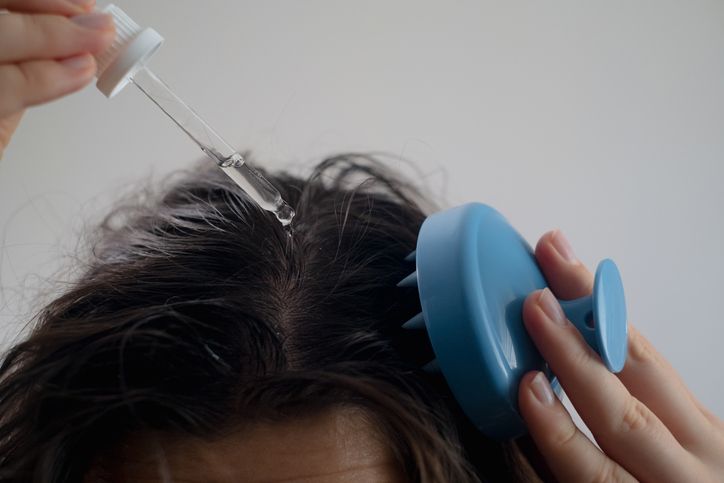
How Essential Oils Support Hair Growth
Essential oil scalp massage is a gentle way to help improve hair growth and support healthier hair follicles. This therapy works by boosting blood flow to the scalp, delivering more nutrients and oxygen to the hair roots. It’s often used as a natural treatment option for thinning hair, patchy hair loss, and general hair fall caused by hormonal changes, emotional stress, or nutritional deficiencies.
Essential oils are also known to reduce inflammation and promote a healthier scalp environment. This is important when dealing with scalp diseases, patchy hair loss like alopecia areata, or hair thinning caused by bacterial infection or chronic illness.
Choosing the Right Essential Oils
Not all oils work the same way, so choosing the right ones is key. Here are three oils that are often used in hair fall therapy:
• Rosemary oil: Improves blood flow to the scalp and may help reduce inflammation linked to hair loss.
• Lavender oil: Supports hair growth by creating a healthy scalp environment and balancing natural oil production.
• Peppermint oil: Stimulates hair follicles and can create a cooling sensation on the scalp, which some people find refreshing.
How to Use Essential Oils for Hair Loss
To use essential oils safely, mix 5-10 drops with a tablespoon of carrier oil like coconut, jojoba, or argan oil. Gently massage the mixture into your scalp using small circular motions for 5-10 minutes. Aim to do this 2-3 times a week, preferably at night, to give your scalp time to absorb the oils and support hair regrowth.
Book Now to Experience
F8 Hair Regrowth Treatment
1 Minute Self-Registration
Date should not be before minimal date

Hair Fall Therapy 5: Prescription Medications and Hormone Balancing
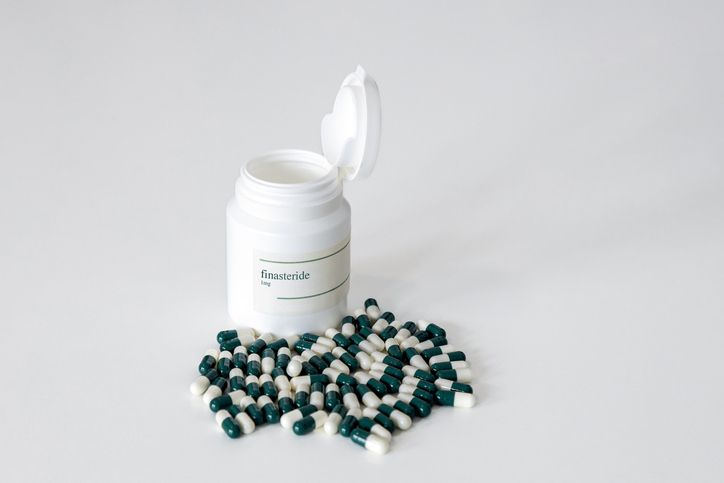
How Prescription Treatments Help Hair Regrowth
For some types of hair loss, especially male pattern baldness, female pattern hair loss, and androgenic alopecia, prescription medications are often part of the treatment plan. They work by targeting the underlying cause of hair loss, such as hormonal changes, hereditary hair loss, or medical conditions like thyroid diseases.
One of the most common prescription options is finasteride, a medication that helps block DHT, a hormone linked to hair follicle shrinkage. Finasteride is usually prescribed for men with male pattern baldness, as it can help slow down hair thinning and support regrowth.
Minoxidil, which is also available over the counter, may be prescribed in stronger formulations for some patients, helping improve blood flow to hair follicles and encourage new hair growth.
Hormone Balancing for Hair Loss
Hormonal imbalances, such as those caused by thyroid diseases or conditions like polycystic ovary syndrome (PCOS), can lead to hair thinning or patchy loss. Blood tests are often used to check for hormone levels that may affect hair health. If an imbalance is found, your healthcare professional may recommend treatments such as thyroid medication, anti-androgen drugs, or bioidentical hormone therapy.
Balancing hormones can help reduce hair shedding and support long-term hair regrowth. Regular follow-ups and scalp checks may also be part of your treatment plan, ensuring your body’s internal systems are supporting your hair’s natural growth cycle.

Hair Fall Therapy 6: Natural Supplements and Nutritional Support
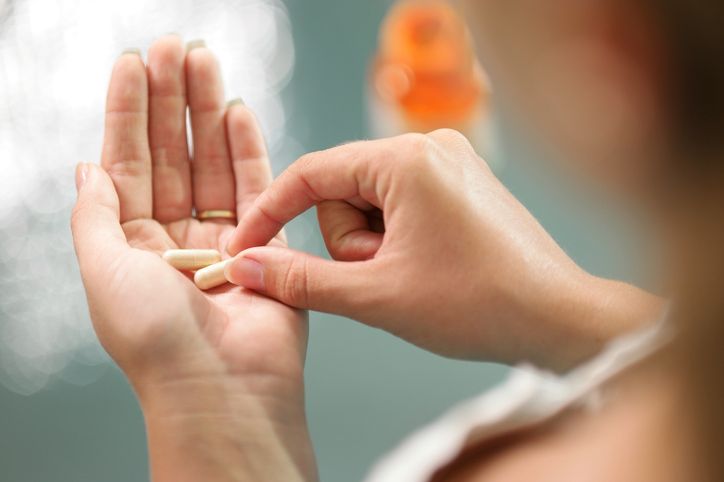
How Nutrients Help Support Hair Growth
Your body needs the right nutrients to keep hair follicles healthy and encourage new hair growth. Nutritional deficiencies can cause thinning hair, patchy hair loss, or even slow down the natural hair cycle. If you’re dealing with hair thinning, hereditary hair loss, or hair fall linked to dietary gaps, supplements may help support your hair regrowth efforts.
Certain nutrients are especially important for healthy hair:
• Biotin (B7) helps strengthen hair shafts and may reduce breakage.
• Iron supports blood flow and oxygen delivery to the scalp, important for hair follicles that need a strong supply of nutrients.
• Vitamin D plays a role in hair follicle cycling and supports healthy hair-bearing areas.
Other important nutrients include zinc, omega-3 fatty acids, and protein, which all contribute to healthy hair density and reduce the risk of hair thinning.
Best Ways to Take Supplements
While eating a balanced diet rich in whole foods is the best way to get nutrients, supplements can help fill the gaps. A healthcare professional may recommend blood tests to check for deficiencies, especially if you have chronic illness, thyroid diseases, or other underlying conditions that affect nutrient absorption.
Most people see improvements in hair density and reduced hair fall within 3-6 months of starting a supplement routine. Combining supplements with other hair loss treatments, such as minoxidil or PRP therapy, can create a stronger support system for your hair growth journey.
Book Now to Experience
F8 Hair Regrowth Treatment
1 Minute Self-Registration
Date should not be before minimal date

Hair Fall Therapy 7: Microneedling and Growth Factor Therapy
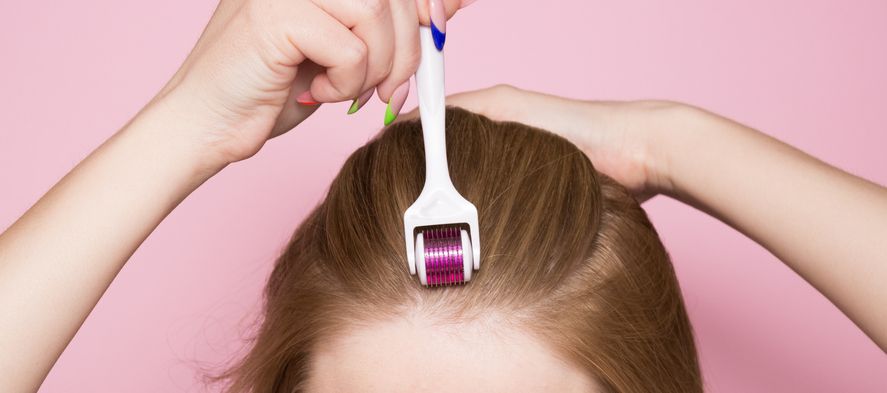
How Microneedling Supports Hair Regrowth
Microneedling is a treatment that uses tiny needles to create small channels in the scalp. This process can help improve blood flow, stimulate collagen production, and encourage hair follicles to grow new hair. It’s often used for conditions like male pattern baldness, female pattern hair loss, and thinning hair caused by hormonal changes or an underlying disease.
Microneedling may also help with patchy hair loss like alopecia areata, broken hair shafts, or thinning linked to chronic illness. By creating micro-injuries in the scalp, the treatment wakes up dormant follicles and promotes stronger hair growth.
Combining Microneedling with Growth Factor Therapy
For even better results, microneedling is often combined with growth factor therapy. Growth factors are proteins that help repair tissue and support healthy hair follicle function. These growth factors can be derived from your own blood plasma (like in PRP therapy) or from high-quality serums.
When applied to the scalp after microneedling, growth factors can penetrate deeper into the skin, reaching the hair follicles more effectively. This combination helps nourish the scalp, reduce inflammation, and encourage stronger hair regrowth.
Treatment Schedule and Results
Microneedling sessions at a clinic are usually spaced 4-6 weeks apart, while at-home derma rollers can be used weekly. Professional treatments use longer needles (0.5–1.5mm) and offer a more controlled approach, while at-home devices are shorter and designed for lighter treatments.

Common Causes of Hair Loss

Hereditary Hair Loss
Hereditary hair loss, also called androgenetic alopecia, is the most common cause of hair thinning in both men and women. It usually runs in families and shows up as male pattern baldness or female pattern hair loss. Hair follicles shrink over time, leading to shorter, finer hair strands, and eventually, the follicles may stop producing new hair altogether.
Hormonal Changes and Medical Conditions
Hormonal changes from thyroid diseases, pregnancy, or menopause can lead to hair thinning or patchy hair loss. Conditions like chronic illness, autoimmune diseases, or scalp infections such as bacterial or fungal infections can also affect hair follicles and cause hair falls. In some cases, a scalp biopsy or blood tests may be needed to confirm the underlying disease.
Nutritional Deficiencies
Nutritional deficiencies are a common cause of hair loss. Low levels of vitamin D, iron, zinc, and protein can weaken hair follicles and slow down new hair growth. Dietary deficiencies can lead to diffuse loss or thinning hair over time, especially if combined with other factors like emotional stress or acute illness.
Scalp Diseases and Infections
Scalp diseases, including seborrheic dermatitis, psoriasis, and fungal infections, can damage the scalp and hair-bearing areas. They can cause itching, flaking, or inflammation, which can weaken hair roots and lead to hair falls, patchy loss, or broken hair shafts.
Emotional and Physical Stress
Emotional stress or physical stress from surgery, illness, or weight loss can trigger a temporary type of hair shedding called telogen effluvium. This causes a general thinning of hair that may resolve on its own, but ongoing stress can lead to more long-term thinning if not addressed.
Book Now to Experience
F8 Hair Regrowth Treatment
1 Minute Self-Registration
Date should not be before minimal date

Scalp Care Tips for Healthy Hair Growth
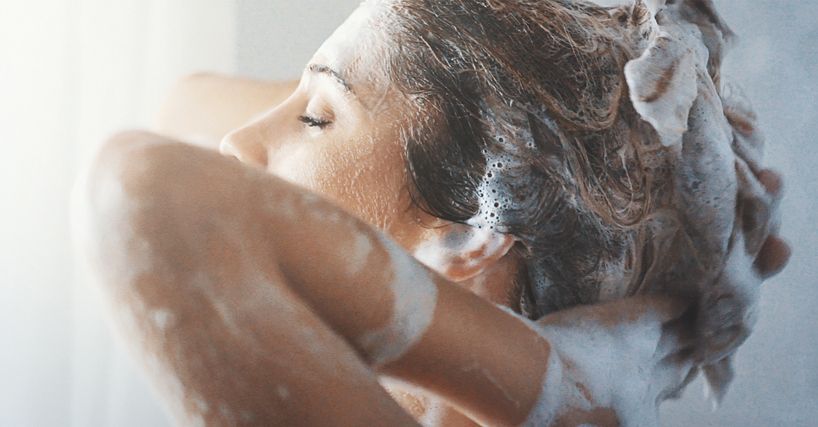
A healthy scalp creates the best environment for new hair growth. When your scalp is clean, nourished, and free from infections, your hair follicles have a better chance of producing stronger, thicker strands. Scalp conditions like bacterial infection, fungal infection, or inflammation can block hair follicles and lead to hair loss, patchy hair loss, or thinning hair.
Keep the Scalp Clean
Regularly washing your scalp helps remove dirt, oil, and buildup that can clog hair follicles. Use gentle shampoos that suit your hair type and avoid harsh products that may cause irritation. Scalp infections, like bacterial or fungal infections, can develop if the scalp isn’t kept clean, which can lead to broken hair shafts or patchy hair loss.
Massage the Scalp for Better Blood Flow
Scalp massages help improve blood flow to the scalp, which can support healthy hair follicles and encourage hair regrowth. Whether you use essential oils, a carrier oil, or just your fingertips, gentle circular motions can stimulate the scalp and support treatments like minoxidil or PRP therapy.
Nourish the Scalp with Nutrients
Just like the rest of your body, your scalp needs proper nutrition to stay healthy. A balanced diet rich in vitamins like vitamin D, biotin, iron, and omega-3s supports hair follicles and promotes hair growth. Supplements can also help fill gaps, especially for people dealing with dietary deficiencies, chronic illness, or hormonal changes.
Protect the Scalp from Damage
Limit heat styling, chemical treatments, and tight hairstyles that pull on hair-bearing areas. Too much heat or tension can weaken hair strands and cause breakage, leading to general thinning over time. If you’re experiencing thinning hair or hair loss, keeping your scalp healthy and minimizing damage is an important part of any hair regrowth plan.

F8 Hair Regrowth Treatment for Hair Loss and Thinning Hair
How F8 Hair Regrowth Treatment Helps Reverse Hair Loss
F8 Hair Regrowth Treatment is a non-invasive therapy designed to support healthy hair growth and improve scalp health. It combines low-energy laser technology with a hair growth serum to stimulate hair follicles, strengthen the hair papilla, and encourage better microcirculation in the scalp. By enhancing blood flow and nutrient delivery to the hair-bearing areas, F8 works as a complete hair fall therapy to address thinning hair, androgenic alopecia, male pattern baldness, female pattern hair loss, and patchy hair loss such as alopecia areata.
How F8 Treatment Works
The F8 treatment starts with a thorough scalp and hair follicle check using a magnification tool. This step helps identify the causes of hair loss, whether it's hereditary hair loss, hormonal changes, or issues like scalp diseases or bacterial infection. Once the target areas are confirmed, the therapist applies the low-energy laser across the scalp to stimulate the follicles, boost blood flow, and strengthen the capillaries.
After the laser treatment, a nutrient-rich hair growth serum is massaged into the scalp. The serum helps cleanse the scalp, unclog pores, and restore a healthy water-oil balance. This combination of laser therapy and serum infusion creates the ideal environment for hair regrowth, supports stronger hair density, and helps control issues like sebum buildup that can lead to clogged follicles and hair falls.
Benefits of F8 Hair Regrowth Treatment
• Non-invasive and safe: No needles, no surgery, and no downtime. The low-energy laser works gently on the scalp without damaging the skin.
• Stimulates inactive hair follicles: F8 helps wake up dormant follicles and promote new hair growth.
• Improves blood flow and nutrient delivery: The treatment supports better circulation and strengthens the hair papilla, helping the scalp deliver nutrients to the follicles.
• Reduces sebum and scalp buildup: The hair growth serum helps clean and balance the scalp, creating a healthier environment for hair to grow.
• Suitable for both men and women: F8 is safe for anyone dealing with hair thinning, patchy loss, or other hair concerns.
Enhance Your Hair Fall Therapy with F8
F8 Hair Regrowth Treatment can be a valuable addition to your hair fall therapy routine. Whether you’re already using treatments like minoxidil, PRP, or supplements, F8 can help enhance the results by improving scalp health and creating a stronger foundation for new hair growth.
Ready to boost your hair regrowth and improve your scalp health? Book your F8 Hair Regrowth Treatment today and give your hair the care it deserves.
New Beauty's F8 Hair Regrowth TreatmentBook Now to Experience
F8 Hair Regrowth Treatment
1 Minute Self-Registration
Date should not be before minimal date
FAQ
What is the best hair fall therapy for androgenetic alopecia?
Androgenetic alopecia, also called hereditary hair loss or male pattern baldness in men and female pattern hair loss in women, is one of the most common types of hair loss. While treatments like minoxidil, finasteride, and PRP therapy are often used, the best hair fall therapy depends on the individual. A healthcare professional may recommend a combination of therapies—such as prescription medications, low-level laser light treatment, and scalp care routines—to slow down hair thinning, improve hair density, and support long-term hair regrowth.
Can hair thinning be reversed with scalp treatments alone?
Scalp treatments like essential oil massage, laser therapy, and F8 Hair Regrowth Treatment can improve scalp health, blood flow, and nutrient delivery, which may encourage hair growth. However, if hair thinning is caused by hormonal changes, thyroid diseases, or dietary deficiencies, scalp treatments alone may not fully reverse hair loss. In these cases, addressing the underlying cause through blood tests, medical treatments, or dietary changes is often necessary to achieve the best results.
How does family history impact the chances of hair loss?
Family history plays a major role in hereditary hair loss conditions like male pattern baldness and female pattern hair loss. If hair loss runs in the family, you may start to notice thinning hair or patchy loss earlier in life. The risk increases with age, and the pattern of hair thinning often follows that of close relatives. While you can’t change your genetics, early treatment with therapies like minoxidil, PRP, and low-level laser light can help slow down hair fall and promote new hair growth.
Can chronic illness lead to hair loss, and what are the solutions?
Yes, chronic illness, including autoimmune diseases, thyroid conditions, and long-term infections, can cause hair thinning or patchy hair loss. Hair follicles may become weakened, and the normal hair cycle may be disrupted, leading to increased shedding or slower regrowth. For these cases, a healthcare professional can recommend a treatment plan that includes managing the underlying disease, using prescription medications, adding nutritional supplements, and improving scalp health through therapies like microneedling, laser treatment, or PRP.
How does emotional stress affect hair loss, and can it be treated?
Emotional stress can trigger a condition called telogen effluvium, where hair follicles enter a resting phase and shed more than usual. While this type of hair loss is often temporary, it can lead to noticeable thinning or diffuse loss. Stress management, a balanced diet, and gentle scalp care can help support recovery. Some people also benefit from hair fall therapies like essential oil scalp massage, PRP, and F8 Hair Regrowth Treatment to boost blood flow and nourish the scalp during the regrowth phase.
Recommended Articles
COPYRIGHT© NEW BEAUTY MANAGEMENT LIMITED 2025. ALL RIGHT RESERVED.

